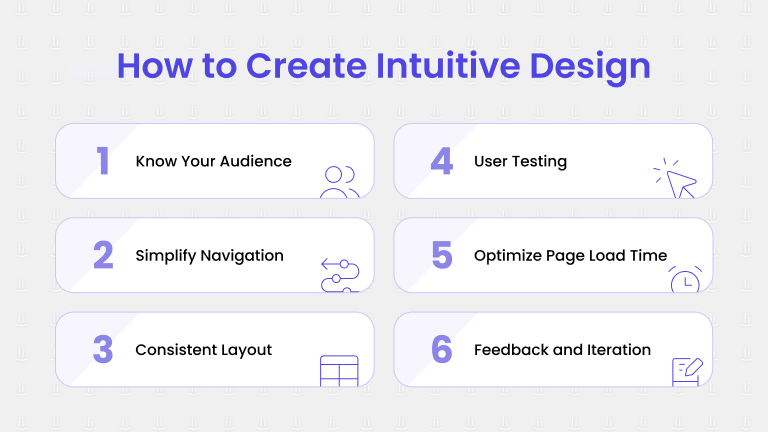By aligning with users' mental models and behaviors, intuitive design reduces friction and enhances engagement.
To craft intuitively designed websites, embracing user feedback and testing is crucial. Conduct usability tests to identify pain points and gather insights into user behaviour. Iterate designs based on these findings, ensuring that navigation paths are clear and users find what they seek effortlessly.

If you’re not sure how to do it, Webfeeling will be happy to assist.
When things are intuitive, you don’t have to spend ages figuring out how to use something. That’s why it’s a big win for companies to have an intuitive website design.
Intuitive design is not just good for users; it also brings benefits for businesses too, that is why it is important. Happy users stick around, which means more success for companies. So, keep it simple, keep it user-friendly, and everyone wins!
You probably also want to read this:
Join our mailing list for design insights, case studies and tips directly in your mailbox.
How can I help you with your project?

Typically replies in a few minutes.
Prompt response: 9:00 – 17:00 (UTC +8)